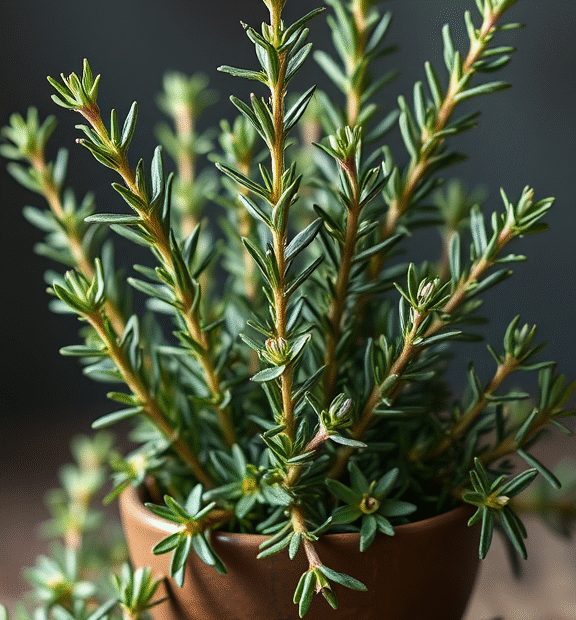Choosing the Ideal Rosemary Variety for Culinary Use
When selecting the best rosemary plant for cooking, it’s important to consider both flavor and growth characteristics. Culinary rosemary thrives best when it has a strong, aromatic flavor that enhances a variety of dishes, from roasted meats to fresh salads. Among the popular rosemary varieties, Rosmarinus officinalis ‘Arp’ is widely favored for its robust fragrance and relatively mild taste, making it perfect for most recipes.
Top Rosemary Varieties Preferred by Chefs
- Arp Rosemary: This hardy variety features light green, needle-like leaves with a lemony scent, offering a milder but distinct flavor that works well in slow-cooked dishes.
- Tuscan Blue Rosemary: Known for its deep green leaves and bold, pine-like aroma, it adds a strong, savory touch ideal for grilled meats and hearty stews.
- Blue Spires Rosemary: With tall, upright growth and aromatic needles, this type is perfect for fresh use and decorative kitchen gardens.
Growing Conditions Impacting Flavor Quality
Optimizing sunlight, soil quality, and watering helps develop the best flavor in culinary rosemary plants. Rosemary requires full sun and well-drained soil to grow vigorously, ensuring the leaves have concentrated essential oils that boost their taste. Avoid overwatering to prevent flavor dilution and root rot.
Harvesting Tips for Maximum Taste
For the freshest and most flavorful additions to your meals, harvest rosemary sprigs just before flowering, when the concentration of aromatic oils peaks. Regular trimming encourages new growth and a bushier plant, providing a continuous supply of flavorful leaves.
